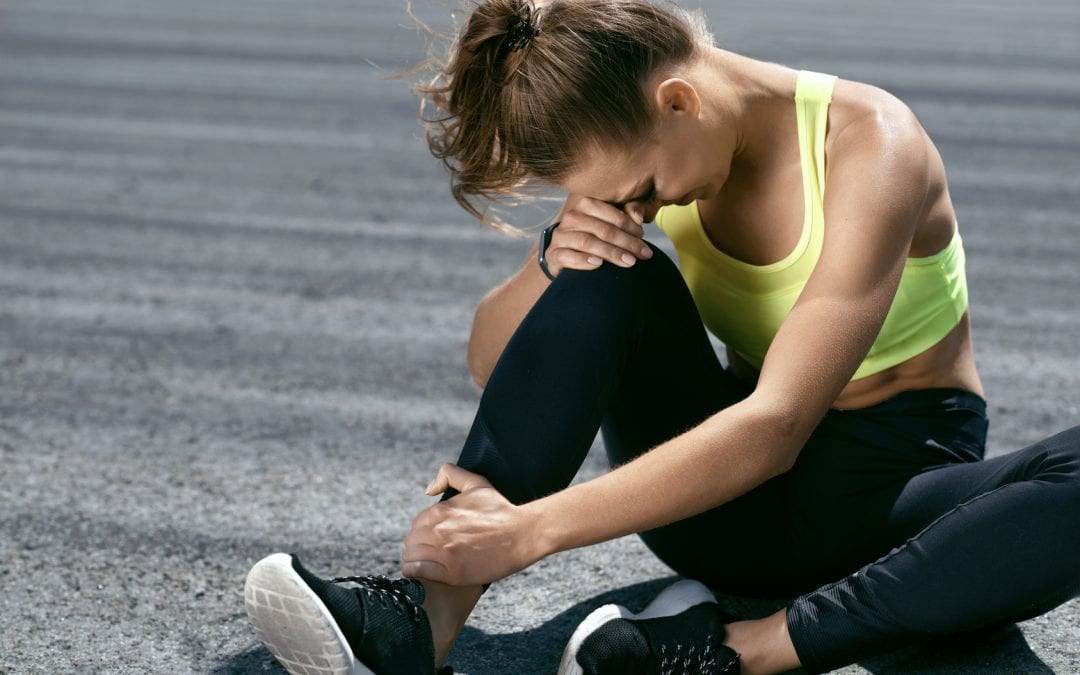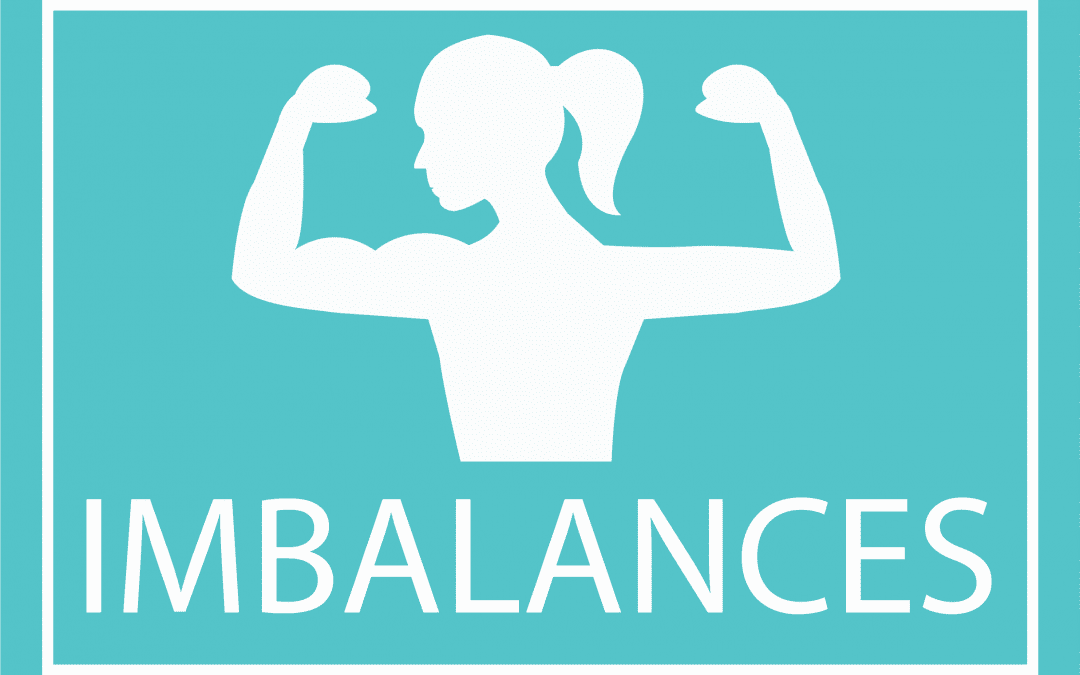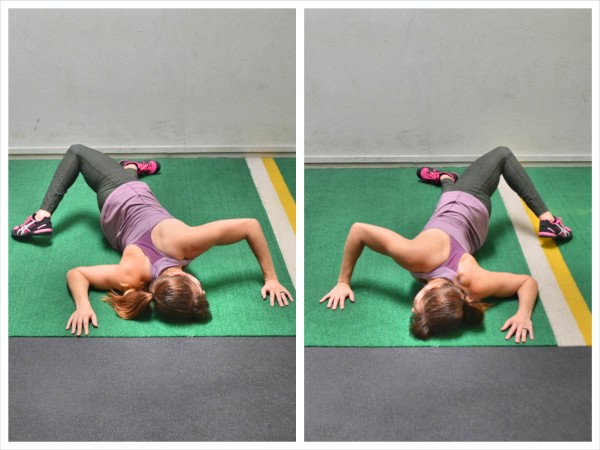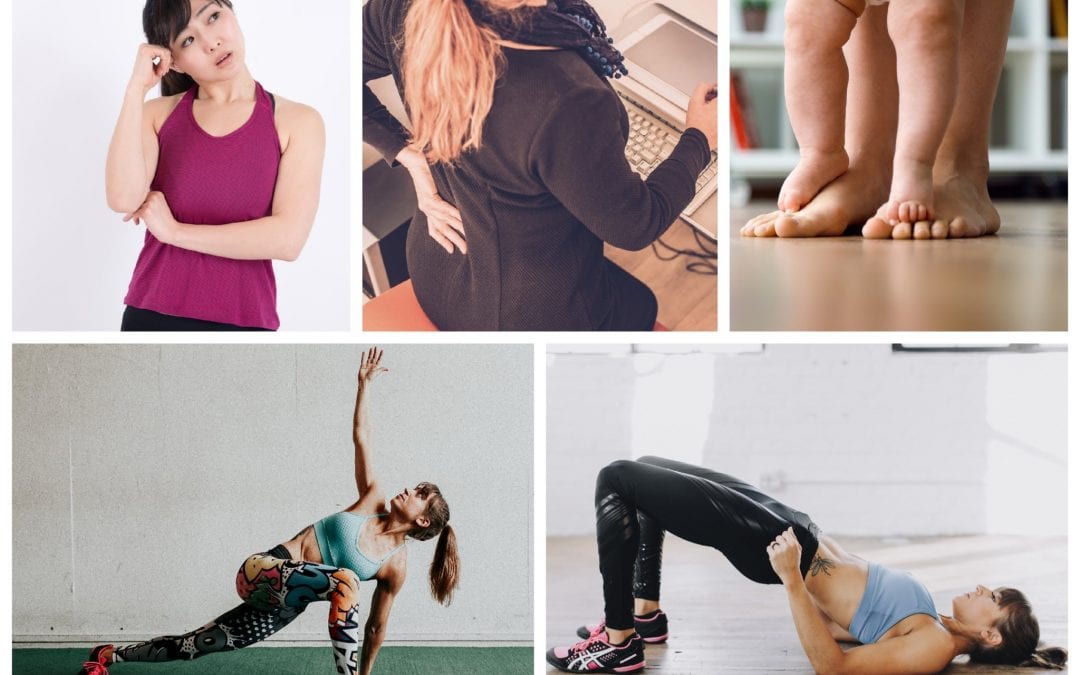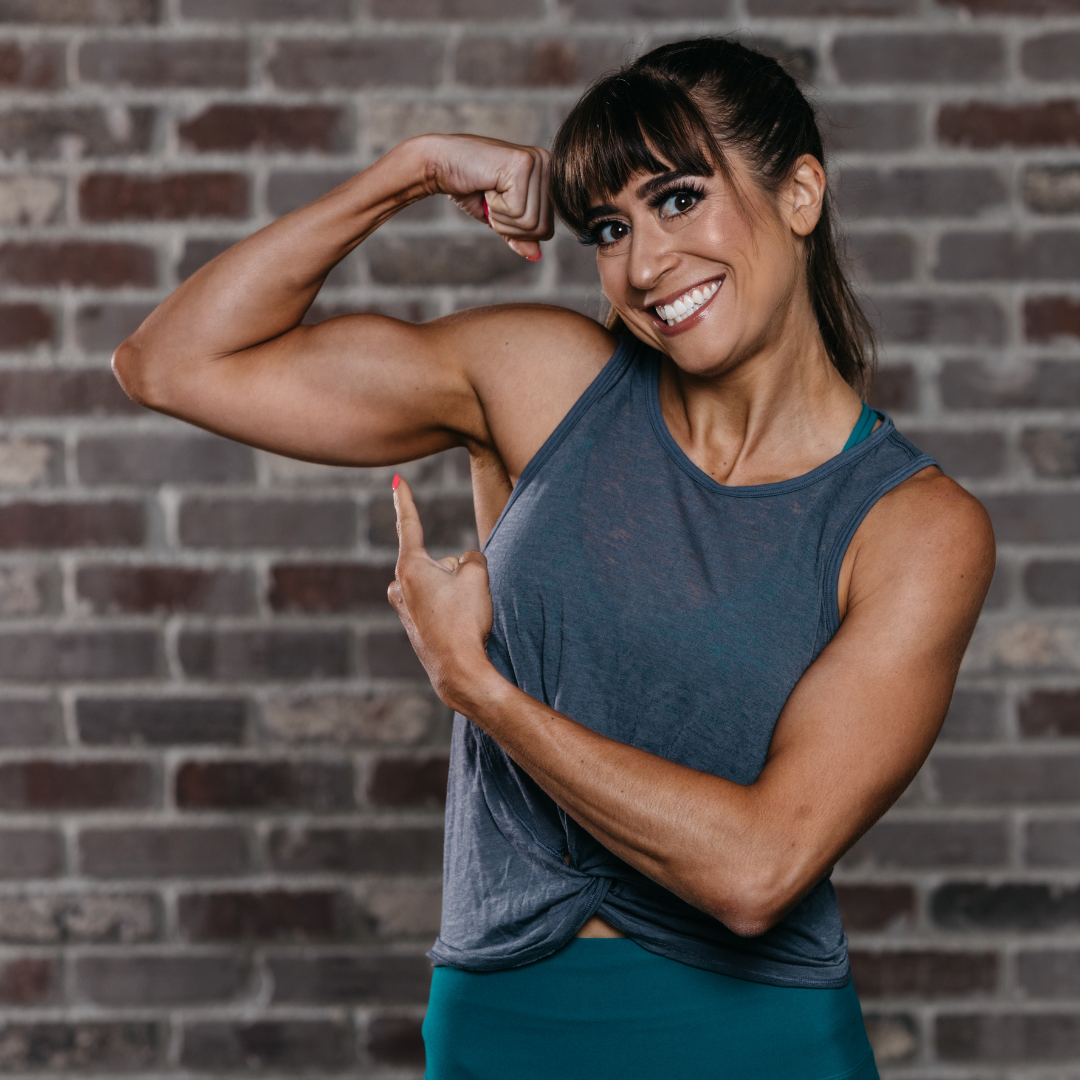
by Cori Lefkowith | May 4, 2018 | Blog, Pain Relief
When you are in pain, what do you do? Do you… A. Avoid any sort of exercise. I mean you need to “rest” it, right? B. Power through. No pain no gain! C. Randomly and sporadically throw in some “rehab” and simply avoid the moves that cause...

by Cori Lefkowith | Mar 29, 2018 | Blog, Pain Relief
You get injured… What is often the first thing you are told to do? REST! When someone gets injured, the “safe” thing to say is “Rest it.” But REST is OVERRATED when it comes to preventing and alleviating injuries. Now I’m not...

by Cori Lefkowith | Mar 10, 2018 | Blog, Pain Relief
First off, I just want to say that you are never going to be perfectly balanced. Heck, if you brush your teeth with only one hand twice a day or press the gas pedal with your right foot…right there you are already creating an imbalance! And we do way worse...

by Cori Lefkowith | Jan 25, 2018 | Blog, Foam Rolling, Pain Relief, Warm Up, Workouts
Your sedentary lifestyle is killing you! I’ve heard this said. And while it isn’t really “killing” us, it is a cause for a ton of aches and pains AND puts us at an increased risk for injury when we workout. How? That forward flexion and...

by Cori Lefkowith | Jun 10, 2017 | Blog, Foam Rolling, Functional Fitness, Pain Relief
All too often we go to the gym with the intention of just getting our workout DONE. We lift the weights and do the movements and try to push ourselves to work hard. But when was the last time you asked yourself, “Where do I feel this? Are the right muscles...


